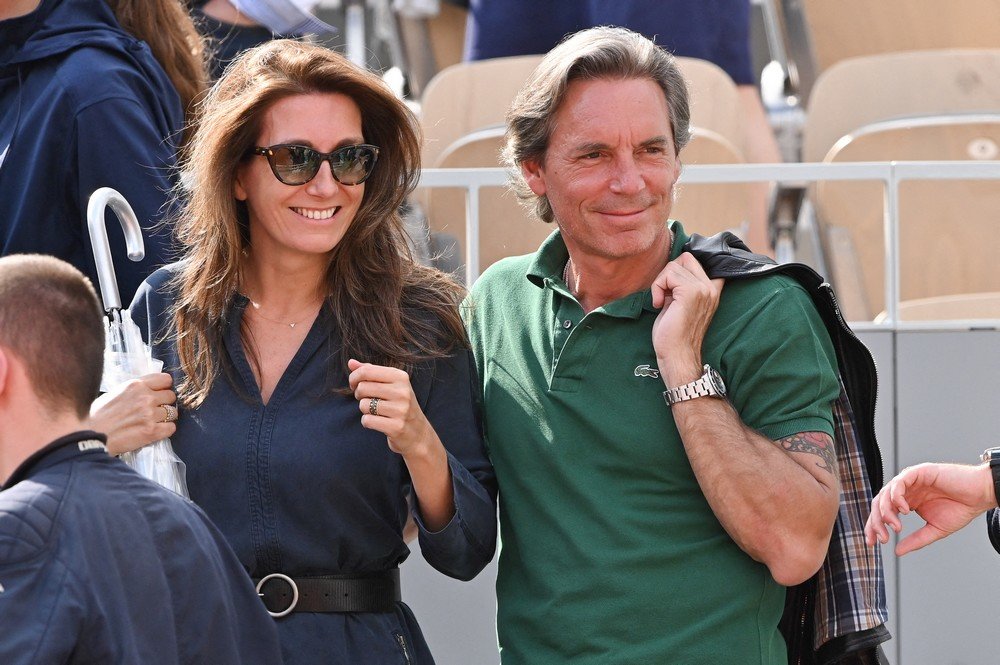becoming less and less a winemaker in the Rheingau, but no less of vines. This is the Trend between Lorch and Hochheim, and continued, according to the latest surveys of the Eltville vineyard office in the past year. According to the latest statistics, the area under vines located at 3213 acres, 106 acres more than in the comparison year, 2010. The increase reflects the strong demand of the successful companies, many of which are an extension of their vineyards are dedicated. The consequence is reflected in the current statistics for easy reading: The large wineries are getting bigger and bigger, the little give, and the wine-growers ‘ cooperatives continue to lose importance.
Oliver Bock
correspondent of the Rhein-Main-Zeitung for the Rheingau-Taunus-Kreis and Wiesbaden.
F. A. Z. Twitter
Meanwhile, in the Rheingau 75 wineries with more than ten hectares of vineyards, nine years ago, there were only 61. Added together, the vines of these larger goods at the time amounted to 1640 hectares, today there are 400 acres more. This is a clear sign of a progressive concentration. In 2010, in the wine 853 vineyards and cooperative wine growers Department registered yet, it’s currently only 587. The number of time 220 suppliers to the cooperatives has been halved to date, more than (102 winemaker), farm a mere 122 acres. 15 years ago there were 280 acres. For the first time, the share of self-marketing wine goods went to less than 500.
a winemaker to respond to customer requests
The impression that more and more winemakers to respond to the desire of the customer, their varieties, range expand, and, increasingly, Pinot varieties, as well as on-trend varieties such as Sauvignon blanc, not a threat to the profile of the Rheingau as a Riesling region. The share of the Riesling is gone in the Wake of the expansion of the vineyard area of around one per cent. However, this corresponds to the range of fluctuation in the past years. With 78 percent of vineyards proportion of Riesling continues to dominate unchallenged, followed by Pinot Noir, its share has stagnated at around twelve percent for years. Thus, Riesling and Pinot Noir stand together, unchanged, for more than 90 percent of the wine production in the Rheingau.
Who is the grape variety development for the remaining, it is surprised, what an exotic opulence in the Rheingau. The wine Department lists more than 30 white varieties, from A as in Albalonga, and Auxerrois to S such as Saphira and the beautiful, Burger. With some varieties, only a few square meters are planted with Seven, according to statistics for Hölder-vines, 21 for the varieties of Optima and the Chancellor, after all, 49 for Morio-Muscat.
weather favors wine
The greatest importance in the unchanged niche in addition to Riesling and Pinot Noir have in the white wine of Burgundy, Chardonnay, Müller-Thurgau, grauburgunder, Kerner, red, Riesling, and Muller-and-white-Thurgau and Silvaner. In the nearly two dozen red varieties Dornfelder and dark fields at the top of the exotics.
Economically they play a significant role. With a harvest yield of 90 hectoliters per hectare in 2018 also represents, in quantitative terms, an exceptional year. The average of the wine year for 2008 to 2017 was only 67.8 acres. So that has been harvested in the past year, a third more. This was mainly due to the fact that the weather is favorable for growing grapes, and diseases and pests were exceptionally hardly of importance. In addition, it allowed the weather to delay the harvest until the optimum time, which in normal years due to the onset of putrefaction is a high risk.















